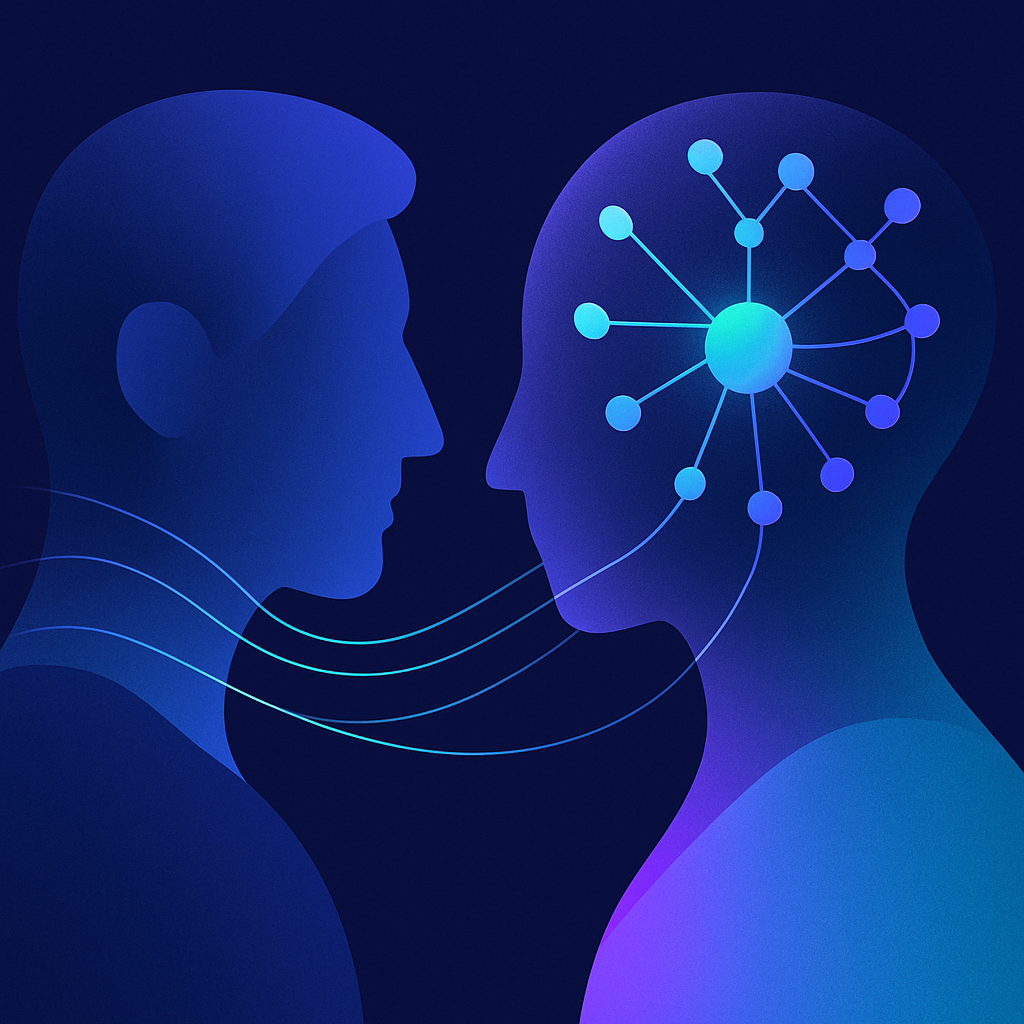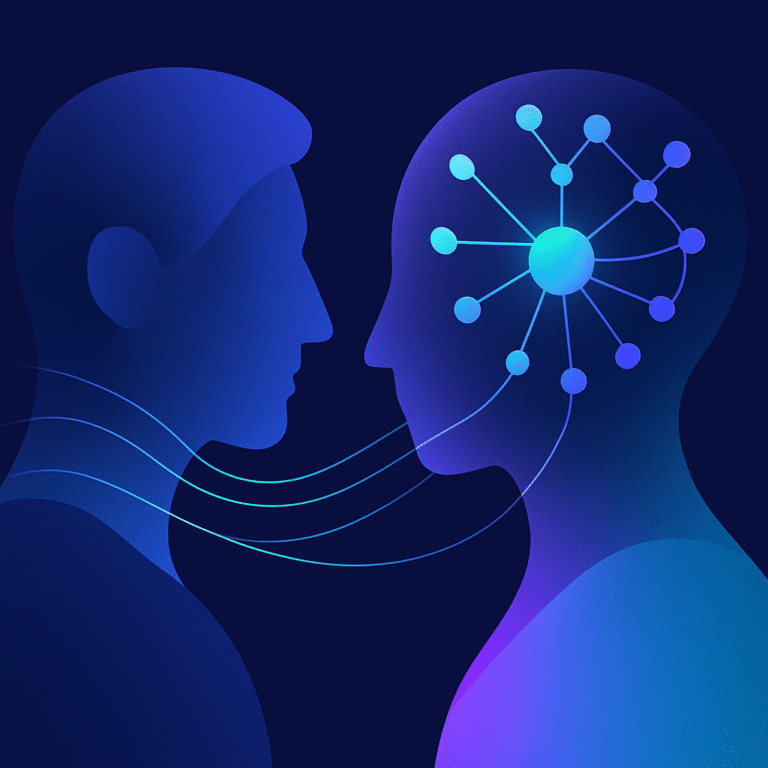Introduction: The Evolution of Enterprise Automation
Just a few years ago, the term hyperautomation captured the imagination of enterprises eager to eliminate inefficiency. It was the golden age of automating everything that could be automated: service requests, workflows, customer interactions, and back-office processes.
But technology doesn’t stand still. We are now entering a new frontier: the era of agentic AI in service desk transformation, where automation gains autonomy, context, and purpose.
If hyperautomation was about connecting tools and optimizing workflows, agentic AI is about giving systems the ability to think, adapt, and act on their own. It’s no longer enough for automation to follow rules; now it must understand goals.
At Cuber AI, we believe this shift marks a revolution in enterprise operations, especially across service desks and IT support environments. Let’s explore what agentic AI means for your business and how it’s redefining the future of work.
From Rules to Reasoning: Understanding Agentic AI in Service Desk Transformation
Hyperautomation integrated systems, automated workflows, and improved speed and accuracy across departments. Yet, it required explicit instructions and predefined workflows.
When conditions changed, the automation often broke.
Agentic AI changes that.
Agentic AI in service desk transformation means moving from static workflows to intelligent systems that perceive, plan, and act. These agents can reason through complex problems, adapt to change, and pursue outcomes autonomously.
In practice:
- A traditional automated service desk assigns tickets by rules.
- An agentic AI-powered service desk analyzes the issue, references historical resolutions, consults policies, and resolves or escalates intelligently on its own.
This is the shift from industrial automation to cognitive automation: from machines that repeat to machines that learn, anticipate, and collaborate.
The Rise of the Autonomous Service Desk
Modern enterprises rely on their service desks as the backbone of IT and customer operations. Yet, most face two major issues:
- Volume Overload: The number of incoming requests keeps increasing.
- Context Complexity: Every issue is unique, making rule-based resolution inefficient.
Agentic AI in service desk transformation solves both problems by turning reactive support into a proactive, self-optimizing ecosystem.
Example: When a user submits a ticket, an AI agent instantly analyzes context, identifies the root cause, and either resolves it or routes it to the right team.
If a pattern emerges (e.g., repeated login failures after an update), the agent proactively alerts IT operations and drafts a fix.
Over time, the system learns from every interaction, improving accuracy and efficiency automatically.
This is not a concept for tomorrow. It’s what Cuber AI is delivering today.
How Agentic AI Builds on the Foundation of Hyperautomation
Agentic AI doesn’t replace hyperautomation; it enhances it.
Hyperautomation gave us integration and workflow orchestration. Agentic AI adds an intelligent reasoning layer that introduces autonomy to enterprise operations.
| Hyperautomation | Agentic AI |
|---|---|
| Automates repetitive tasks | Automates reasoning and decision-making |
| Follows predefined workflows | Understands goals and adapts dynamically |
| Integrates tools and data | Synthesizes insights and takes initiative |
| Requires configuration | Self-learns from outcomes |
| Reactive | Proactive and self-directed |
In short, hyperautomation connected the enterprise, and agentic AI animates it.
The Three Pillars of Agentic AI in Service Desk Transformation
1. Cognitive Understanding
Agentic AI interprets unstructured information from text, chat, and emails to extract actionable meaning.
Instead of relying on keywords, it understands intent, sentiment, and context.
“Hey, my VPN stopped working after yesterday’s patch.”
→ Network connectivity issue post-update, likely configuration conflict.
Cuber AI’s Conversational Intelligence Engine blends large language models with enterprise context to grasp not just what users say, but why they say it.
2. Autonomous Decision-Making
After understanding the issue, the AI agent uses learned experience and company policies to determine the best action.
- Routine issues are resolved instantly.
- Complex issues are escalated with full context.
- Recurring problems are flagged for automation or preventive action.
This turns IT operations from reactive to predictive and preventive, reducing downtime and increasing service quality.
3. Continuous Learning and Optimization
The hallmark of agentic AI in service desk transformation is adaptation. Every ticket, resolution, and anomaly feeds its learning loop.
The system evolves continuously, updating knowledge bases and improving performance without manual intervention.
Your service desk becomes self-improving, learning from real-world interactions every day.
Real-World Impact of Agentic AI in Service Desk Transformation
Companies adopting agentic AI report measurable outcomes:
- 40–60% reduction in average resolution time
- Up to 70% automation coverage across routine service requests
- 2x improvement in employee satisfaction
- Significant cost savings through reduced manual intervention
At Cuber AI, we’ve seen this transformation firsthand with enterprises using our AI-powered service desk integrated with platforms like ServiceNow, Salesforce, and Google Cloud.
(Tip: add one internal link to your own Cuber AI “Solutions” or “About” page here.)
A Collaborative Future: Humans and AI Agents Working Together
Agentic AI isn’t here to replace human agents. It’s designed to empower them.
Service desk teams can:
- Spend less time chasing tickets and more time solving strategic problems.
- Use AI-generated insights for faster, data-driven decisions.
- Collaborate with AI agents as digital teammates.
This human-AI synergy creates the autonomous enterprise, where technology and people elevate each other.
Cuber AI’s Vision: Building the Agentic Enterprise
Cuber AI’s mission is to revolutionize how enterprises work through intelligent automation.
From hyperautomation to agentic AI in service desk transformation, our goal is to make operations not only efficient but adaptive and intelligent.
Our platform enables organizations to:
- Deploy AI agents across IT, CX, and business operations.
- Automate complex workflows end-to-end.
- Continuously optimize through real-time data and feedback loops.
We call this hyperautomating intelligence — enabling systems that think ahead and act autonomously.
The Road Ahead: From Reactive Support to Predictive Operations
The future belongs to organizations that embrace agentic architectures.
Instead of static workflows, they will have self-managing systems that adapt.
Instead of siloed data, they’ll have connected ecosystems where AI agents collaborate seamlessly.
Instead of waiting for issues, they’ll have predictive intelligence that prevents them.
It all begins with one critical step: empowering your service desk to think and act like a digital teammate.
Conclusion: The Future Is Autonomous, and It Starts Now
We’re entering a new era of automation. Hyperautomation built the foundation; agentic AI in service desk transformation takes it to the next level by creating systems that understand, decide, and evolve.
At Cuber AI, we believe enterprise success lies in smart, self-directing ecosystems that empower teams to focus on innovation, not tickets.
Leave the grunt work to the bots. Let intelligence take the wheel.
🧩 Ready to see Agentic AI in action?
Explore how Cuber AI helps enterprises reinvent service desk operations with autonomous intelligence and hyperautomation synergy.





